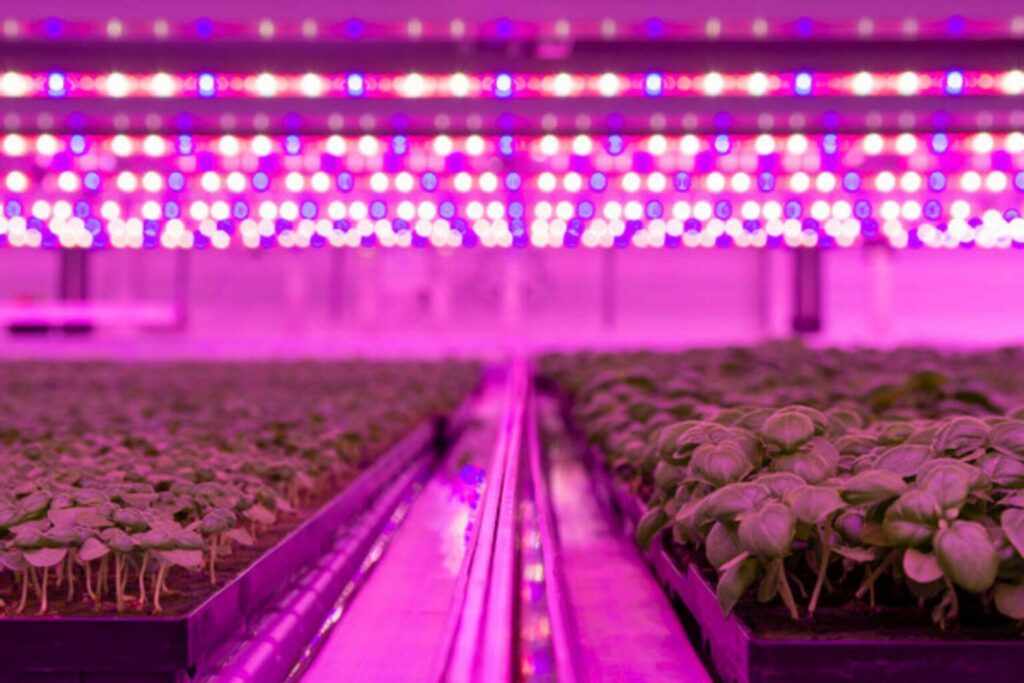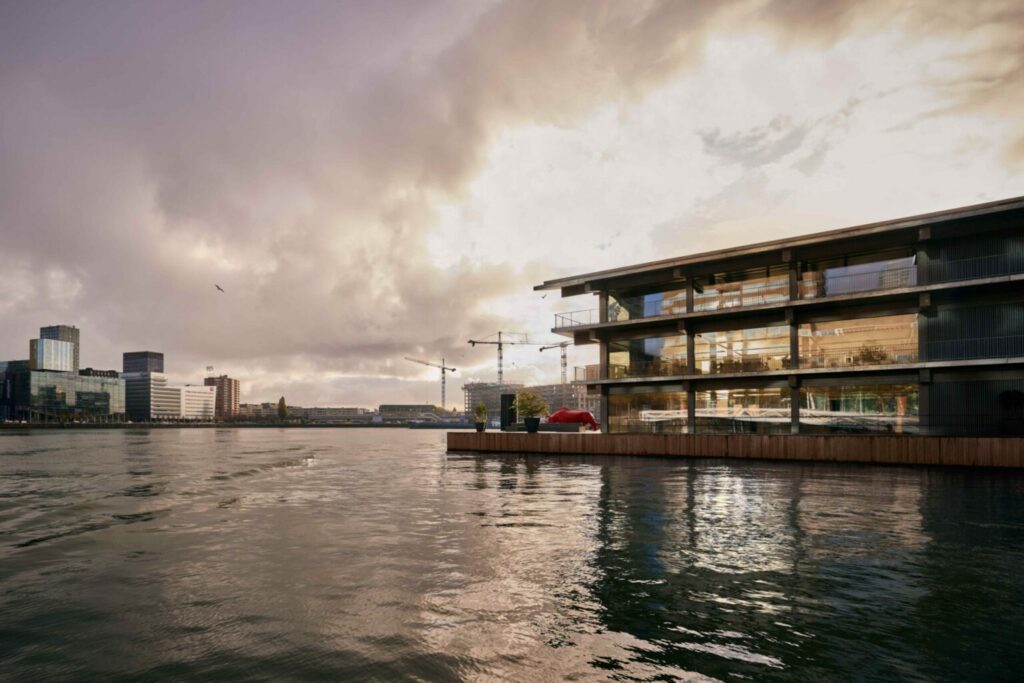
The quest for sustainability can cause anxiety, but it doesn’t have to be that way.
Here are three sustainability news stories focusing on innovations that give us all reasons to hope that our future will be sustainable.
Our first story comes from the United Kingdom and looks at a new sustainable innovation taking place in the agriculture industry.
The world’s largest vertical farm will be built in Lydney, Gloucestershire, on the site of a historic forge, following an announcement made in June by the British vertical farming firm ‘Jones Food Company’.
According to the company’s CEO, James Lloyd-Jones, in ten years the UK may be producing all of its leafy salad, soft fruits, herbs and even flowers in this way – he said:
“Vertical farms will become the norm within the supply chain, and probably take away greenhouse production and imports.”
“Vertical farming can grow anything. It just grows lots of things too expensively to be commercially viable, so here is where we are learning how to commercialise it.”
Farming this way does have its advantages as Charlie Guy, one of the founders of LettUs Grow based in Bristol states:
“It also means we can focus more of our land on things like tree planting. So, from a biodiversity standpoint, there are massive benefits.”
One of the biggest challenges to vertical farming is the energy use, energy is needed 24/7 to run the lights, heaters, humidifiers and other equipment.
The Lydney Farm found a solution by using a roof covered entirely in solar panels, with the capacity for more panels and a wind turbine on neighbouring land.
This farm will eventually supply 1.5 hectares of growing space, which is comparable to roughly 60 tennis courts.
Food with less impact that can be distributed to people in the local area – that’s something to celebrate!

Jones Food Company’s vertical farm in action (c) Jones Food Company
Our next story comes from India, one of the world’s most populous and polluted countries, which is taking steps to reverse its situation.
Along with coal power plants, cooking fuel, and manufacturing, transportation contributes significantly to air pollution in India, making up about 10% of the country’s emissions.
90% of the people in the country reside in places where air pollution levels are higher than those advised by the World Health Organization.
To address the issue of transportation, India is trialling electric double-decker buses.
The all-new electric double-decker bus has been launched by Switch Mobility.
More than 100 pure-electric double-deckers have already been sold by the company to the UK market, but the new type is made exclusively for India’s market.
The bus, known as the Switch EiV22, has 65 seats and a range of up to 250 kilometres on a single charge.
200 electric double-decker buses have already been ordered by Switch India in Mumbai and with a successful trial, it hopes to land more sizeable orders from other cities and regions this year.
What a great move – a sustainable future won’t happen overnight, but steps like these will certainly help and it will certainly help reduce air pollution and provide a more sustainable mode of public transport.

The EVI-22 Electric Bus made especially for the Indian Market (c) Switch Mobility
Our final story comes from Rotterdam in the Netherlands and more specifically, the port of Rijnhaven where a firm of architects, called the Powerhouse Company has designed the world’s largest floating office building.
The office is a model of a sizable, ultra-sustainable construction project on urban waters.
The idea behind the office is that if sea levels ever rise as a result of climate change, the building will float rather than sink because it was built with a “climate-resilient office design” in mind.
Among the public amenities available at the circular office are a café and a sizable outdoor patio with a floating pool on the Maas river!
Every floor has balconies and large 6x3m floor-to-ceiling windows that offer beautiful views of the surrounding area as well as easy access to the outside and some fresh air.
Additionally, the floating office is solar-powered. The 870 square metres of PV panels on the roof produce more energy than the office needs, therefore the extra is sent to the city!
Given that it also functions as a “green roof,” the roof plays a significant role in the workplace space. It contains 2000 herb plants in addition to sedum vegetation, increasing local biodiversity.
Patrick Verkooijen, CEO of the Global Center on Adaptation said:
“As the world’s climate changes, extreme weather events and rising sea levels present new challenges for architects.”
“Embedding resilient features into a design before disaster strikes not only makes economic sense but it can also help us to mitigate against climate change”.
Patrick hopes that the building will serve as an inspiration to other designers and here at Play It Green we can see the scope for buildings like this anywhere there is water near a City – such a great use of space, green energy and innovation.

The world’s largest floating office (C) Powerhouse Company

We hope that these innovations excite and inspire you and give you as much hope for the future as they do us.
If you enjoyed our content and haven’t already, please feel free to join our community or leave a review on Trustpilot or Google.




